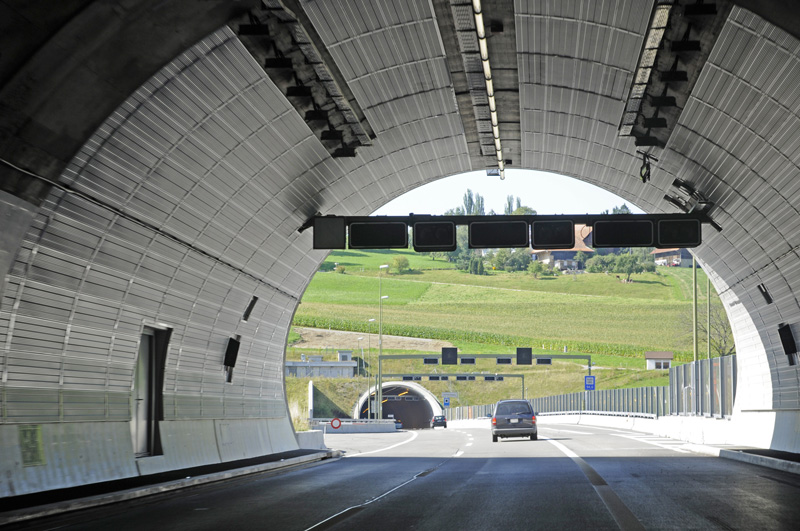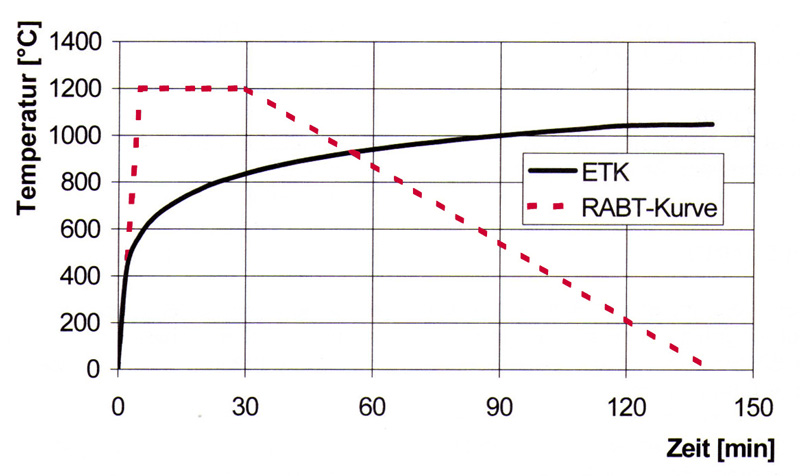PRIORIT: Fire protection according to RABT, ZTV-ING and TL/TP TTT
Increased fire protection requirements exist for tunnel buildings because a tunnel tube acts like a chimney for the supply of oxygen in the event of a fire. Extremely high temperatures quickly develop from the combination of burnt material from vehicles, fuel, rubber, plastics and cargo.
In a perennial research project supported by federal funds, PRIORIT developed and tested construction sections, walls, ceilings, doors, cable and pipe compartments according to RABT (Directives on the Configuration and Operation of Road Tunnels) and ZTV-ING (Additional Technical Conditions of Contract for Civil Engineering Structures) specifications.
From the beginning, the material test institution MPA Dresden GmbH was involved in this project as the inspection authority.
Construction products newly developed by PRIORIT have a robust stainless-steel front of material characteristic 1.4571 and provide a degree of protection required by IP 65 and a high resistance to suction.
In addition to all requirements demanded by the EC Tunnel Directive, RABT and ZTV-ING, PRIORIT tunnel products also meet the requirements of TL/TP TTT.
Fires in Tunnels
Fire development in building constructions
Based on the stages of a fire in a standard fire, the “standard temperature curve” simulates a “normal” temperature profile from initial fire to a fully developed fire. The standard fire curve or standard temperature curve is the temperature-time-profile defined in ISO 834. It is used internationally as a means for uniform fire resistance classification of construction products. In Germany, the standard temperature curve (ETK) has been incorporated into DIN 4102 Part 2 and is therefore a uniform test environment for all fire tests.
Fire development in tunnels
The basis for dimensioning road tunnels in terms of fire protection is a fire load according to the tunnel fire curve depicted in the graphic blow. It describes the maximum temperature in the flame zone and covers the duration of all measured variations of all test fires with individual road vehicles (truck, coach, car). According to these tests, the temperature rises up to 1,200 °C after a fire duration of 5 minutes and remains at this level for up to the 30th minute and then falls back down to the original level within 110 minutes. The tunnel fire curve is often referred to as the “RABT Curve” as it was originally published in the Directives on the Configuration and Operation of Road Tunnels (RABT).


